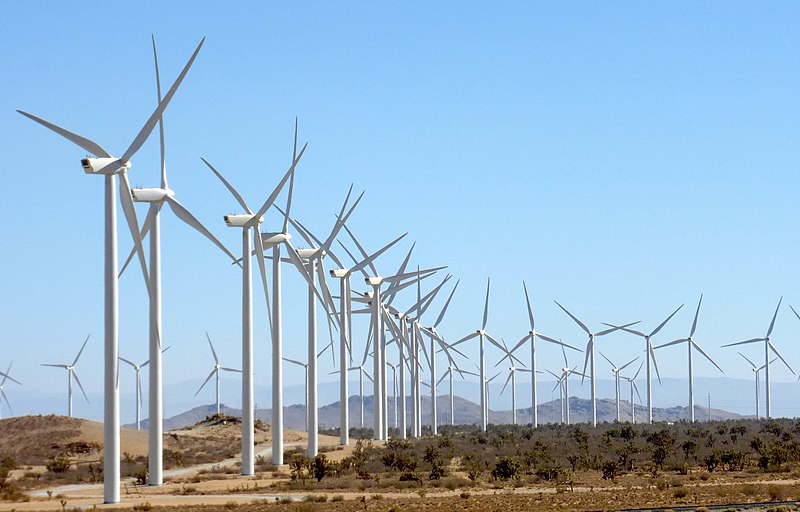by Justin Gundlach and Romany Webb
Resilience—the capacity to withstand, absorb, recover from, and better adapt to disruption—is currently a popular topic of discussion and debate. Several factors, including a string of disasters and unrelated but coincident regulatory processes, have made resilience a key objective for a wide array of policy makers. They include the entities responsible for shaping the generation and transmission facilities that make up the bulk power system (BPS): the Federal Energy Regulatory Commission (FERC), the North American Electricity Reliability Corporation (NERC), and regional Independent Service Operators and Regional Transmission Organizations (ISO/RTOs). On January 8, for instance, FERC opened a proceeding “to explore resilience issues in the RTOs/ISOs.”
Resilience is a derivative concept, meaning that a system, facility, or community is not simply resilient, but is more or less resilient to a particular sort of disruption. FERC, NERC, and ISO/RTOs have explored what is necessary to make the BPS resilient to cyber attack, physical attack, or a large-scale electromagnetic pulse. However, as we explain in a new white paper — Climate Change Impacts on the Bulk Power System: Assessing Vulnerabilities and Planning for Resilience — they have not examined in a systematic way as necessary to enhance the BPS’s resilience to climate-driven disruptions and constraints. This is a cause for concern as the various impacts of climate change, from higher average temperatures to altered precipitation patterns to more frequent and powerful hurricanes and wildfires, pose major threats to the BPS. They could, in the future, prevent the BPS delivering reliable electricity services at just and reasonable prices as required by the Federal Power Act.
Our white paper collects recent research highlighting the implications of climate change for the BPS and explains how FERC and ISO/RTOs can assess and respond to them. It recommends:
- A detailed climate change vulnerability assessment should be conducted to determine how the components and operations of each ISO/RTO’s system will be affected by increasing temperatures, changing precipitation patterns, more intense storms, droughts, and other climate-driven weather extremes expected in their respective regions.
- Vulnerability assessments should be based on downscaled projections of future climate change in their respective operating regions. Many projections are available in existing datasets, including those developed by NASA and the USGS.
- Where even downscaled projections fail to provide data for key variables, such a humidity (“wet-bulb temperature”) or temperatures at particular times of day, the entity conducting the assessment should, at minimum, acknowledge the lack of complete information, and, if possible, seek to supplement available data sets.
- Multiple projections, reflecting a range of possible climate change scenarios, including a “worst case” (i.e., assuming continued high greenhouse gas emissions lead to large temperature increases and rapid rates of sea level rise), should be considered in the vulnerability assessment.
- The timeframe for the vulnerability assessment should reflect the anticipated useful life of existing facilities or facilities scheduled for construction in the relevant ISO/RTO’s region.
- The vulnerability assessment should be periodically reviewed and updated as new information becomes available.
- Based on the vulnerability assessment, a resilience plan should be developed, outlining measures that can be taken to prevent or manage system disruptions.
Implementing these recommendations is a vital first step toward ensuring the BPS’s resilience to climate-driven disruptions and constraints, such that it can continue to deliver reliable electricity services at reasonable prices as the climate changes. FERC and ISO/RTOs should consider this as they “explore resilience issues” in the current regulatory proceeding.



